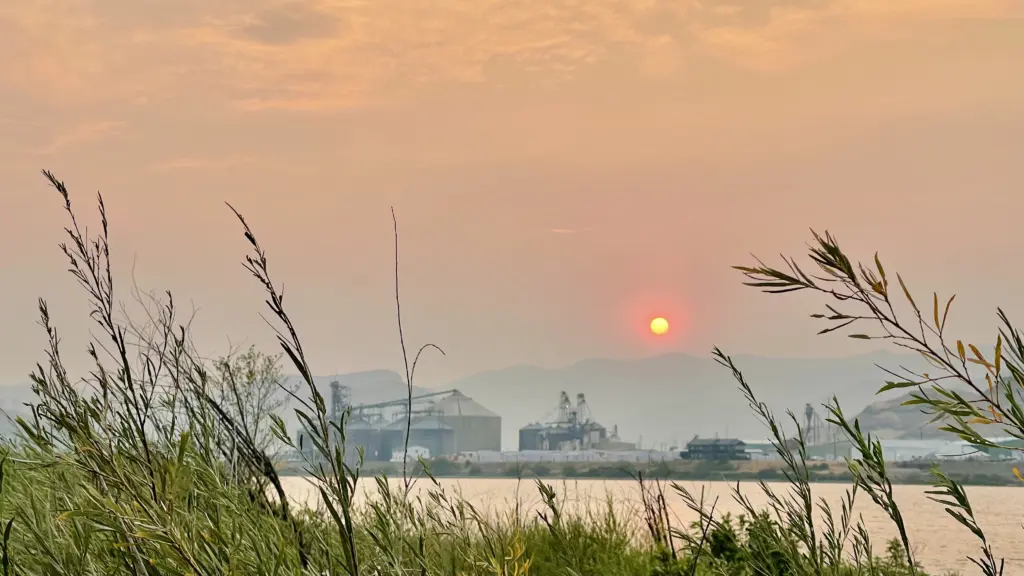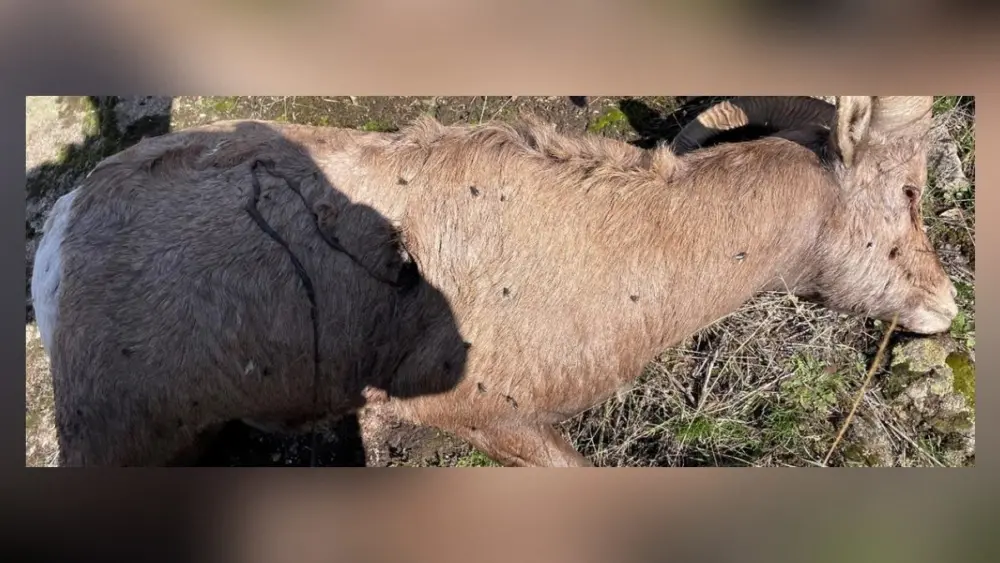CLARKSTON, WA – The U.S. Department of Agriculture has designated Asotin, Garfield, and Whitman Counties as primary natural disaster areas due to worsening drought conditions in eastern Washington.
According to the U.S. Drought Monitor, the three counties are now in a state of “extreme drought,” triggering eligibility for federal Farm Service Agency emergency loan assistance for farmers in both the affected counties and their neighbors.
These counties were not included in Washington’s state-level drought declaration due to differences in how state and federal agencies evaluate drought conditions. Washington’s Department of Ecology declared a state drought emergency on April 8, expanding it on June 5. Under state law, a drought is declared when water supply drops below 75% of normal and causes undue hardship to people or the environment. However, state declarations do not extend direct aid to individual farmers.
The new federal designation was prompted by rapid drought intensification in the region. Under federal guidelines, a county qualifies if it reaches D3 (“extreme drought”) or D4 (“exceptional drought”) during the growing season, or experiences D2 (“severe drought”) for at least eight consecutive weeks. Asotin, Garfield, and Whitman are the only counties in the state currently classified as D3.
June brought record-breaking dryness to eastern Washington. Franklin and Grant Counties reported zero precipitation, while Adams County saw only 0.01 inches—making it the driest June ever recorded in those counties. Whitman, Garfield, Walla Walla, and Spokane Counties also recorded their driest Junes, each receiving less than 0.25 inches of rainfall. Pend Oreille County, the wettest in the region, still recorded its fourth driest June on record.
Statewide, June 2025 was Washington’s third driest and 10th hottest June ever recorded. The state received just 23% of its normal June precipitation. From January through June, it was the seventh driest start to the year on record.
Snowpack levels have also declined significantly. By July 1, most snow monitoring sites had already melted out or were well below typical levels. In some areas, melt-out occurred several weeks earlier than normal. Corral Pass, for example, melted out 31 days ahead of schedule.
Soil moisture continues to decline, with the worst deficits in the Lower Yakima Basin. This lack of moisture affects the ground’s ability to absorb any future rainfall, compounding the impact of the ongoing drought.
Looking ahead, the Climate Prediction Center forecasts warmer and drier-than-normal conditions for Washington through July and August, suggesting no immediate relief in sight.





